
Tips On Making Homes Energy Efficient To Save Money
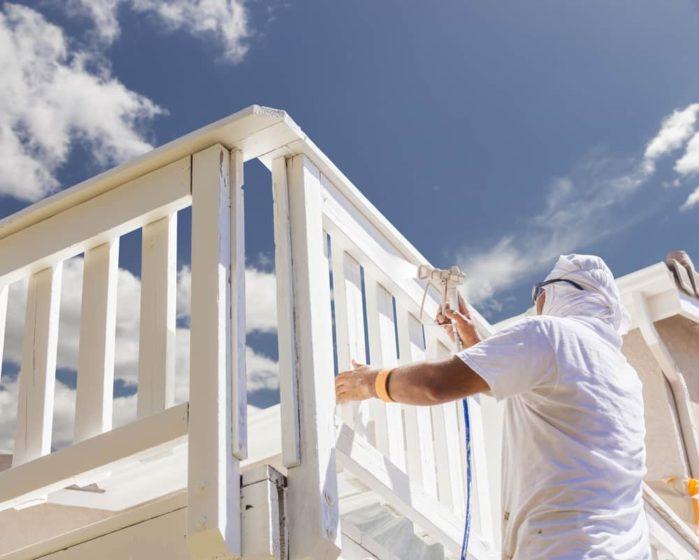
Energy Efficient
It’s no doubt that old homes have unique design and architecture that makes them stand out. But when it comes to electric power consumption, they tend to be more costly than newly constructed homes.
Since older homes are not as energy efficient as their modern counterparts, homeowners tend to spend more on utility bills every month. That has created a demand for energy-efficient systems to reduce electricity costs in homes.
Rebuilding or renovating an older home to convey modern architecture can be very expensive. If you own an old house, you can modernize its electric power systems to save on energy costs.
How to Making Homes Energy Efficient
The primary objective of building energy-efficient homes is to cut down on the costs of energy consumption. In this guide, we explore the five best ways to save energy in older homes while preserving their aesthetic value. Here's how to save on your energy bill.
1. Improve Your House’s Heating and Cooling Systems
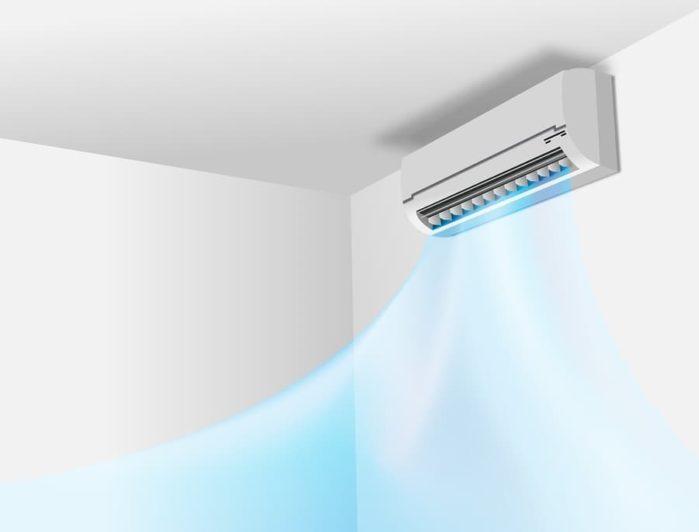
Cooling Gadgets
In many homes, it's heating and cooling systems that consume most electric power than other electronics. You can lower the energy costs on temperature regulation systems by making the following adjustments:
Use Programmable Thermostats
Regardless of the year of building a home, a programmable thermostat can provide more control over your home’s cooling and heating appliances. The thermostats can automatically turn off the machines when not in use, saving a significant amount of money.
You can preset the programmable thermostats to regulate your home’s temperatures at different times of the day. When you are at work, you can adjust the room temperatures by 8-10 degrees celsius to save costs by 10 percent.
If you are using a conventional thermostat, you should turn them off when you are not at home or at night when you are sleeping. For every degree of temperature lowered, you will most likely save about two percent of your heating bills.
Replace Obsolete Air Filters and Conditioners
If your house air filters and conditioners are in a bad state and you can’t repair them, you should periodically replace them with new ones. Alternatively, you can use the ceiling fans in place of air conditioners to save on energy costs.
2. Insulate Your Home
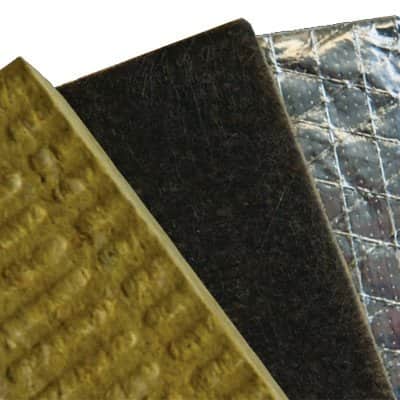
Insulation installation
Most old homes have poor insulation systems, making them lose heat faster during cold seasons like winter. Since there were no energy-efficient insulation options in the past, homeowners should upgrade their old houses.
If you don’t understand the amount of insulation your old home needs, you should consult a professional. They will determine the exact insulation that will work best for your comfort and budget for maximum efficiency of your house.
One of the best ways to save energy is by insulating your walls. That’s because older walls tend to have poor insulation properties. Also, you can insulate the attics in your old house to maintain a comfortable temperature while saving on energy costs.
3. Seal Your Home
In the past, when there was no air conditioning technology, sealing a house was never a priority. If you own an older home and you need to use an air conditioner, you must seal your house to achieve maximum efficiency. Otherwise, the conditioned air will escape, consuming more energy.
You can ask a subcontractor to identify all the leakage points and seal them. If hiring a contractor would be costly, you can do it yourself. To improve your home insulation successfully, you should use a checklist to monitor your house condition. Record every mistake you note in a punch list to work on them together with your contractor. Read this blog post by Procore Technologies to get more information about punch lists.
Some of the common points where leakages may occur are attic hatches, air ducts, pipe inlets, doors, windows, wall cracks, and switch plates. In many cases, loss of warm conditioned air originates in the attics.
Identify and seal all the small and large holes in your house. For smaller holes, check the darkened areas where insulation is usually required like the attics. The darkened patches result from the dusty air filtered out through the small holes in the insulation as air escapes.
4. Replace Incandescent Light Bulbs
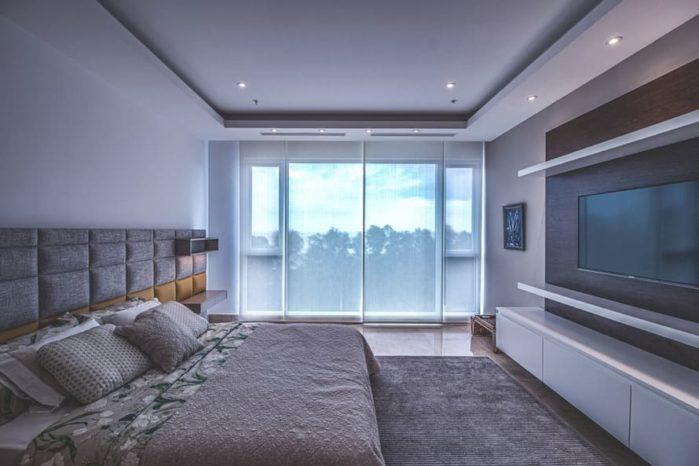
Brighter Light
An average household consumes about 8-15 percent of its electricity budget on lighting. In older homes, you could find incandescent bulbs used for lighting. Out of the total energy that these bulbs consume, only 10 percent is used for light while the rest gets lost as heat.
If you are still lighting your home with incandescent light bulbs, you should swap them with new energy-saving lighting technologies. They include compact fluorescent lamps (CFLs) and light-emitting diodes (LED).
CFLs and LED bulbs can use between 50-75 percent less energy than conventional bulbs. Besides, these new bulbs can last longer than the traditional bulbs. For instance, CFL bulbs can last ten times longer than incandescent bulbs.
To save more energy, you can also take advantage of natural daylight. Build large windows to allow enough light to enter and illuminate your house interior during the day.
5. Use Electronics and Appliances Responsibility

Place Fridge Next To The Door
Irresponsible use of electronics and appliances has cost many homeowners. Since they consume about 20 percent of the total household energy, you can save more when you use them responsibly. Here’s how to save energy when using appliances and electronics.
- Switch off all electronics that are not in use. For instance, if you are not using your computer, you should shut it down or switch off the monitor.
- Keep freezers and refrigerators away from heat or direct sunlight. By doing so, the equipment will use less energy to maintain cold temperatures.
- Use energy-saving alternatives. For example, you can use laptop computers rather than computer desktops because laptops consume less energy.
- Use ENERGY STAR-rated appliances and to save on energy costs. Such energy-efficient electronics include DVD players, speakers, and home theater systems.
Lists of Most Essential Energy Efficient products for any home | Tips on how to save money on energy bill
Air Conditioner Installation Tips
Turning the air conditioner off is a common practice that many homeowners still follow. They believe that by turning the unit off, they will be able to save on air conditioning bills. Surprisingly, this step cannot do much in reducing your AC bill. If you want your cooling system to work smarter not harder, you should avoid turning it off as it can cost you a lot.
If you want to make sure that you are going to save on your energy bills, here are the tried and tested measures that can make a difference. Click for tips.
Ultimate Reviews & Guide of Portable self evaporating Air Conditioner
These awesome coolers are also searched as portable ac without the hose or portable ac at Lowes, portable AC Walmart in Google and Amazon - Click
Final Words
Upgrading your older home using these energy-saving tips will not only save on energy costs but also increase your comfort, safety, and satisfaction.
I'm so excited to tackle all my home improvement projects! From plumbing to DIY and cleaning - I'm ready to get down to work! #homerepair #homecleaning #plumbing #diy #fixerupper #realestate #renovation #interiordesign #farmhouse #diy #homedecor #hgtv #home #farmhousedecor #modernfarmhouse #farmhousestyle #fixerupperstyle #fixandflip #homerenovation #realestateinvesting #beforeandafter #homesweethome #remodel #realestateinvestor #interior #realtor #joannagaines #flippinghouses #countryliving #design #homedesign #farmhouseinspired #investmentproperty #bhghome #renovationproject #farmhousekitchen #homeimprovement #farmhouseliving #cottagestyle #decor #realestateagent #magnoliahome #homeinspo #magnoliamarket #kitchendesign #dreamhome #shiplap #construction #houseflipping #investor #farmhousedesign #architecture #farmhousechic #homereno #rusticdecor #reno #kitchenremodel #webuyhouses #magnoliatable #rentalproperty #fixerupperinspired #newhome #interiors #homeremodel

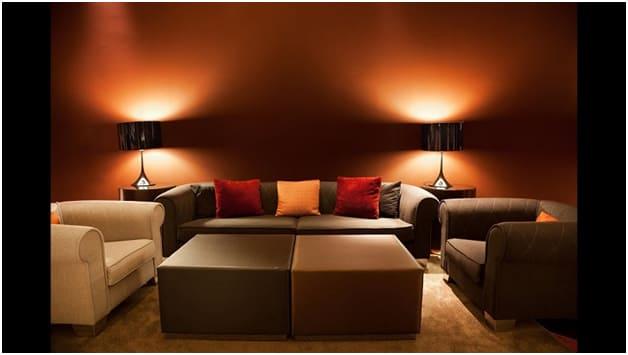
Comments are closed.